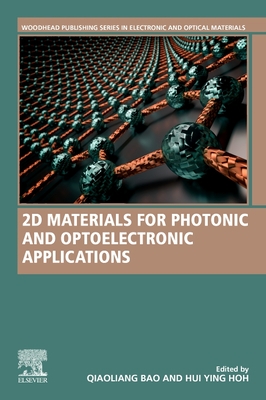

Most ebook files are in PDF format, so you can easily read them using various software such as Foxit Reader or directly on the Google Chrome browser.
Some ebook files are released by publishers in other formats such as .awz, .mobi, .epub, .fb2, etc. You may need to install specific software to read these formats on mobile/PC, such as Calibre.
Please read the tutorial at this link: https://ebookbell.com/faq
We offer FREE conversion to the popular formats you request; however, this may take some time. Therefore, right after payment, please email us, and we will try to provide the service as quickly as possible.
For some exceptional file formats or broken links (if any), please refrain from opening any disputes. Instead, email us first, and we will try to assist within a maximum of 6 hours.
EbookBell Team

4.0
66 reviews2D
Materials for Infrared and Terahertz Detectors provides an overview of the
performance of emerging detector materials, while also offering, for the first
time, a comparison with traditional materials used in the fabrication of
infrared and terahertz detectors.
Since the
discovery of graphene, its applications to electronic and optoelectronic
devices have been intensively researched. The extraordinary electronic and
optical properties allow graphene and other 2D materials to be promising candidates
for infrared (IR) and terahertz (THz) photodetectors, and yet it appears that
the development of new detectors using these materials is still secondary to
those using traditional materials.
This book
explores this phenomenon, as well as the advantages and disadvantages of using
2D materials. Special attention is directed toward the identification of the
most-effective hybrid 2D materials in infrared and terahertz detectors, as well
as future trends. Written by one of the world’s leading researchers in the
field of IR optoelectronics, this book will be a must-read for researchers and
graduate students in photodetectors and related fields.
Features:
• Offers a
comprehensive overview of the different types of 2D materials used in
fabrication of IR and THz detectors, and includes their
advantages/disadvantages
• The first
book to compare new detectors to a wide family of common, commercially
available detectors that use traditional materials.